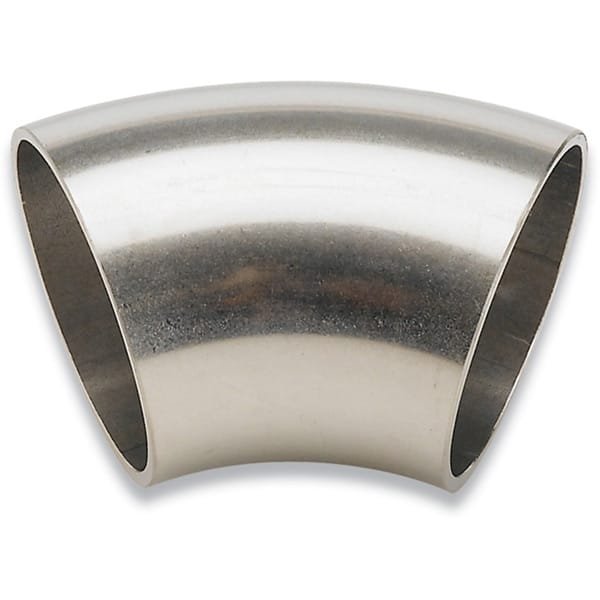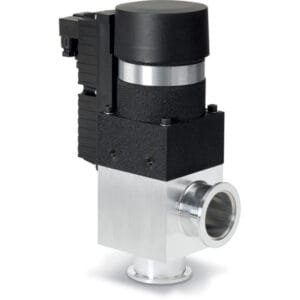We manufacture our weldable elbow tube fittings from 304 series stainless steel, making them ideal for roughing lines in semiconductor process equipment and for foreline and pump exhaust lines in semiconductor subfabs.
Features of Weldable Elbows:
- High Cleanliness: Designed for maximum cleanliness in UHV applications, achieving levels greater than 10<sup>-13</sup> Torr.
- Versatile Temperature Range: Suitable for temperatures from -200 to 450 °C.
- Design Options: Available in both radius and miter designs.
- Customizable: Common wall thicknesses and tube diameters are listed; please contact us for specific requirements or flanged versions.





Reviews
There are no reviews yet.